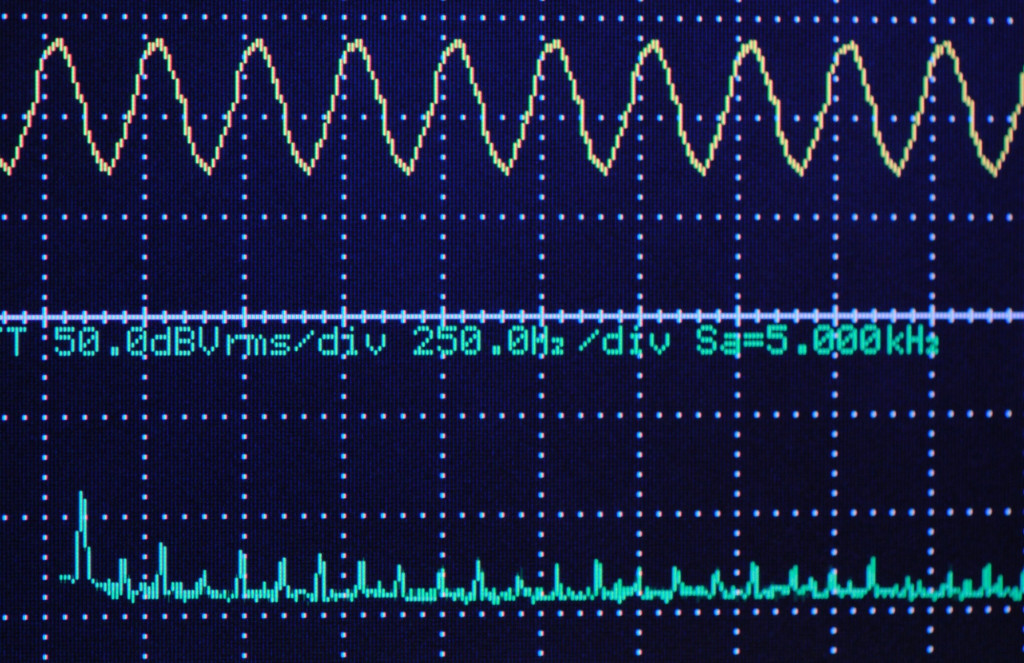IAFI’s push to delicense 5925-6425 MHz band for digital innovation and inclusion in India
The proposal comes at a critical time as India continues to expand its digital infrastructure and promote initiatives aimed at bridging the digital divide, particularly in rural and underserved communities.

The ITU-APT Foundation of India (IAFI) has recently intensified its advocacy for the delicensing of the lower 6 GHz frequency band (5925-6425 MHz) in India, emphasising its potential to revolutionise wireless connectivity, foster innovation, and accelerate digital inclusion across the country. The letter, sent by IAFI president Bharat Bhatia, draws attention to the urgent need for additional unlicensed spectrum to prevent network congestion and ensure seamless connectivity, particularly as initiatives like BharatNet continue to expand broadband infrastructure to previously unconnected communities.
IAFI has been actively advocating for the Indian government to delicense portions of the 6 GHz spectrum. Specifically, they recommend delicensing the lower 500 MHz portion (5925-6425 MHz) for indoor and outdoor Wi-Fi with appropriate power limits to protect existing satellite and microwave link operations. The IAFI has suggested delicensing the upper 600 MHz (6425-7025 MHz) for low-power indoor Wi-Fi applications only.
Wi-Fi technology currently relies primarily on two frequency bands: 2.4GHz and 5GHz. The introduction of a third band in the 6 GHz range represents a significant expansion of available spectrum for wireless networking. The 6 GHz band is particularly valuable due to its technical characteristics that allow for wider channels, greater capacity, and reduced interference compared to existing Wi-Fi bands.
This strategic allocation would enable the deployment of next-generation Wi-Fi technologies, particularly Wi-Fi 7, which requires the additional bandwidth offered by the 6 GHz spectrum to deliver its promised performance improvements. The technical advantages of this spectrum allocation would directly support critical government initiatives like PM-WANI (Prime Minister’s Wi-Fi Access Network Interface) that aim to expand public Wi-Fi access across India.
Arguments
One of the strongest arguments presented by IAFI is the widespread international adoption of similar policies. According to their communications, over 100 countries worldwide have already delicensed the lower 6 GHz band for Wi-Fi use. These include major economies and technological leaders such as the United States, Uthe nited Kingdom, European Union member states, Australia, Canada, Brazil, Japan, and South Korea.
This global momentum provides India with both precedent and potential regulatory frameworks to adapt for its own implementation. The international consensus on the value of unlicensed 6 GHz spectrum for Wi-Fi applications suggests that this approach has proven successful in balancing various spectrum needs while promoting innovation and connectivity.
The international trend toward delicensing portions of the spectrum for unlicensed use isn’t new. In 2014, for example, the United States saw the introduction of the Wi-Fi Innovation Act, which directed the Federal Communications Commission to assess opening the 5850-5925 MHz band to unlicensed use while still protecting vehicle-to-vehicle communications and intelligent transportation systems.
The impact
At the heart of the proposal is its potential impact on digital inclusion in India. The organisation has explicitly connected the delicensing of this spectrum band to improved rural connectivity and support for digital transformation initiatives throughout the country.
The letter to Minister Scindia specifically mentions that unlocking this spectrum is ‘essential to enable high-speed, low-latency Wi-Fi 7 services, particularly in rural and underserved areas’ that are targeted by government initiatives like BharatNet and PM-WANI’. These programs aim to expand broadband access to previously disconnected regions, but their success depends partly on having sufficient spectrum available for last-mile connectivity.
Additional unlicensed spectrum would help prevent network congestion in areas with limited wired infrastructure, allowing for more robust wireless solutions to bridge connectivity gaps. This is particularly relevant as the demand for bandwidth continues to grow with increasing device usage and data-intensive applications.


